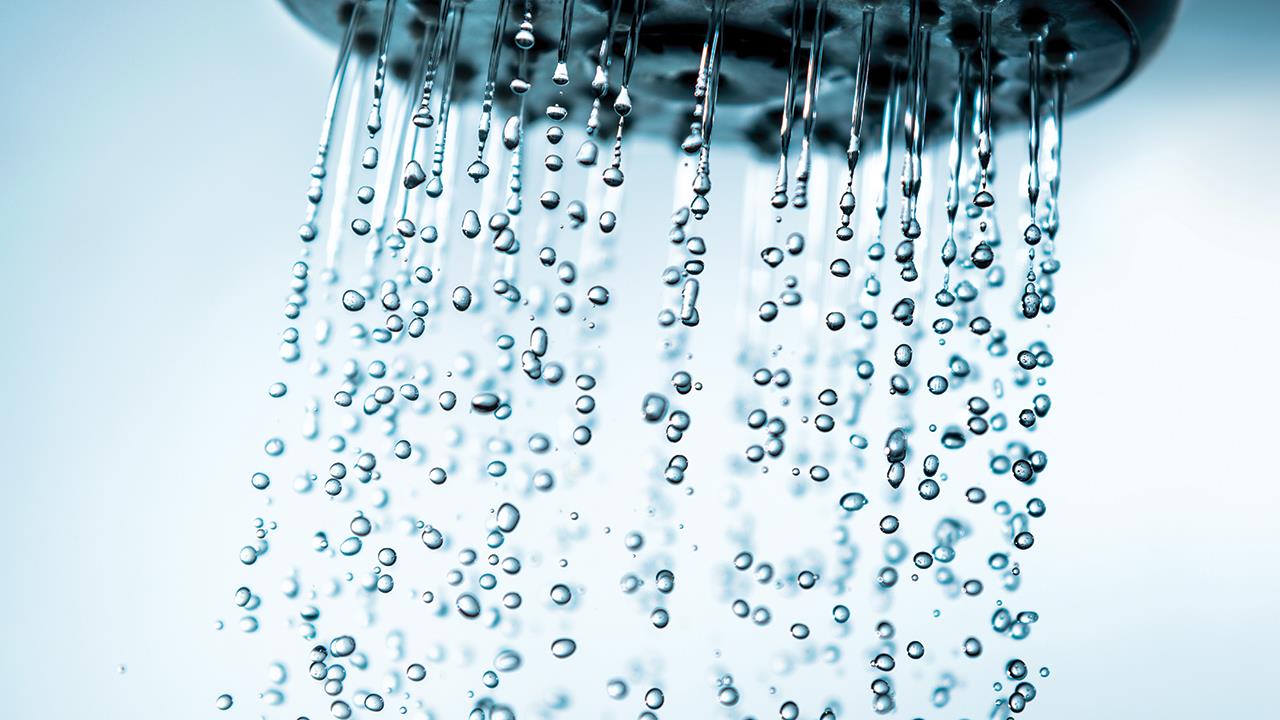

Have you ever considered that boosting water pressure could be the answer to saving both water and energy in households? It may sound counterintuitive, but stick with me because there’s some fascinating science behind this concept.
Picture this: you’re in the shower and the water pressure feels like a mere trickle. Frustrated, you crank up the tap, hoping for a more substantial flow. But alas, all you get is a weak dribble. So, what do you do? You stay in the shower longer, trying to rinse off shampoo or soap, inadvertently using more water and energy than necessary.
Believe it or not, this scenario is more common than you might think. Low water pressure can lead to inefficient water usage, longer showers, and increased energy consumption. But there’s a solution: increasing minimum water pressure in households.
Advancements in shower technology, like boost functions and hyper-efficient showerheads, operate optimally at a pressure of 2-3 bar. However, in many homes with poor mains or gravity pressure, these innovations can’t effectively perform their magic.
The Guaranteed Service Standard (GSS) mandates a minimum pressure of 0.7 bar within the property’s curtilage. However, the pressure could drop even lower for showers located on higher floors, exacerbating the problem.
So, why the low pressure? It’s primarily due to underinvestment and ageing infrastructure in the water sector.
Water companies may hesitate to increase network pressure due to concerns about leakage, and we all know how unpopular their record is on that matter. This is why the Bathrooms Manufacturers’ Association (BMA) calls on the next government to intervene to establish a minimum pressure of ideally 2-3 bar to all households.
With adequate pressure, we can mandate the use of lower-flow terminal fittings, further enhancing water and energy savings. Until then, any attempts to ban higher-flow fittings are unlikely to succeed.
The research-backed facts
Recent research from the University of Surrey sheds light on this pressing issue and supports our argument. In its study, Beyond the water flow rate: Water pressure and smart timers impact shower efficiency, Pablo Pereira-Doel, James Daly, and Ian Walker analysed water consumption in 290 showers over 39 weeks, capturing a whopping 86,421 showering events.
Their findings are eye-opening. Increased water pressure was strongly associated with reduced water use, with water consumption reduced by up to 60% with high water pressure. Even more intriguing was that consumption decreased as pressure increased for similar flow rates. It seems people don’t just turn off their showers after a specific time; they stop when they achieve a particular experience.
The researchers also found that smart timers were crucial in promoting water awareness and decreasing consumption. With a smart timer, water consumption was reduced by up to 53% with middling water pressures. Consumption tended to rise over time without smart timers, but they helped stabilise or lower consumption, suggesting an anchoring effect.
Why the focus on saving water?
According to the Energy Savings Trust, Britain uses around 840 billion litres of water annually and spends around £2.3 billion on heating water for showers alone. Each person uses about 142l of water per day, yet the government’s target for 2050 is to reduce average personal consumption to 110l per person, per day.
The BMA has long advocated for and proposed solutions to the growing water scarcity crisis in the UK. The combination of a surging population and the effects of climate change, such as rising temperatures and more frequent extreme weather events, significantly threatens our water security. Indeed, parts of the South East are already classed as ‘water-stressed’.
The Great British Rain Paradox survey paints a startling picture – while 72% of the British public believes that the UK has sufficient water to meet daily demands, the reality is far different. Only 10% of people consider water consumption a critical environmental issue, ranking it significantly lower than plastic pollution (39%), energy consumption (22%), and food waste (16%). This alarming discrepancy in perception highlights a critical need for awareness and education.
Plumbers and installers hold a unique position to help raise awareness of water scarcity and the issue of poor water pressure. Armed with the research and science behind the need to increase water pressure, we may finally edge closer to realising government targets of reducing public water supply in England per capita by 20% by 31 March 2038.
So, what’s the takeaway here? This message forms part of the BMA’s document, Tap into Tomorrow, which outlines the vital priorities we believe must be considered by the next government, including public health, water efficiency, industry standards, and sustainability. The document has already been communicated to leading figures across the political spectrum ahead of this year’s election, and we remain hopeful that our voice will be heard.
Through advocating for change, we can make a splash in conserving our precious resources for generations to come.
If you'd like to keep up-to-date with the latest developments in the heating and plumbing industry, why not subscribe to our weekly newsletters? Just click the button below and you can ensure all the latest industry news and new product information lands in your inbox every week.